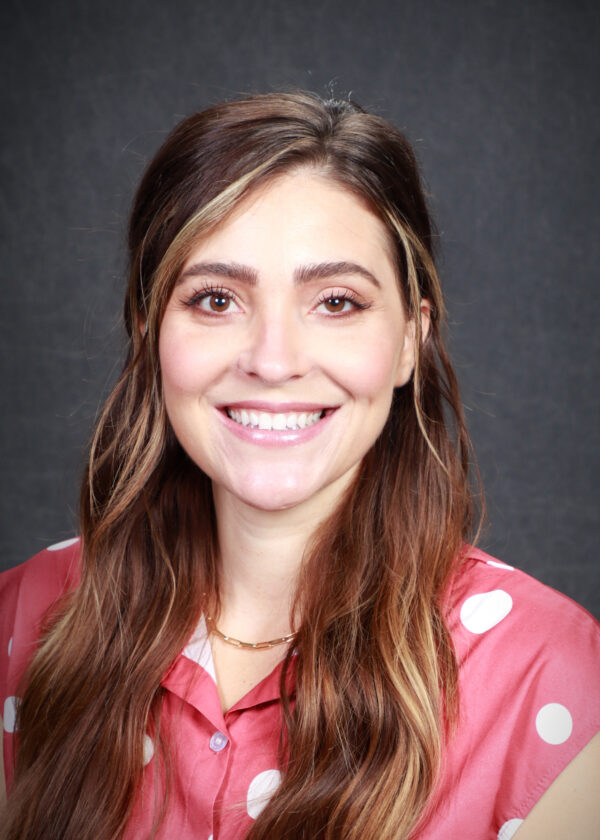I am a very positive individual, and I hope to instill the same positive attitude in your child, as well as other important traits such as solving problems, showing respect and making good decisions. Second grade is filled with many new skills and many review skills. We review a lot with games and fun things to do as a class and as individuals. Listed below is a sampling of what we will work on throughout the school year.
What Students Learn in Second Grade
Religion is very exciting in second grade. The second-grade students prepare for two sacraments: First Reconciliation (confession) and First Holy Communion. To help them prepare for these sacraments, they use the Finding God, Reconciliation and Eucharist textbooks by Loyola Press.
Throughout the year, students work on the skills necessary to help them increase their reading fluency. They also work on reading-comprehension skills such as comparing and contrasting, asking and answering questions from the text, and finding main ideas and details in a story. In addition, second-graders practice grammar rules and learn new concepts such as homophones, compound words, contractions, prefixes and suffixes.
Students receive a new spelling list each week, which focuses on different spelling patterns. On Fridays, they take a spelling test on those words.
In science, second-graders study plants, volcanoes and animal habitats. They conduct many experiments to help them understand these concepts and help make learning science more fun. Some of the units cover maps, communities, and plant and animal habitats and adaptations.
In social studies, students read about communities and their members both past and present. They also learn about the U.S. government, citizenship and what makes a community special. Second-graders learn how to read maps and how to properly use a legend and a compass rose. During this time, students are encouraged to think critically and ask thoughtful questions.
In math, second-graders begin the year with basic number sense and work their way up to numbers to 1,000. The curriculum also includes basic geometry skills, counting money, telling time and the beginning steps of multiplication.
Please label the following items with your child’s name:
- 1 backpack (no wheels)
- 1 lunchbox
- 1 reusable water bottle
- 1 earbuds (any kind)
- 1 pencil box with clasp
- 2 boxes twistable crayons (12- or 24-pack)
- 1 box markers
- 1 box watercolors (16-count)
- 1 pair child scissors
- 1 black composition book (wide ruled)
Do not label the following items:
- 1 pack Ticonderoga No. 2 pencils (30 each)
- 1 pack Elmer’s glue sticks (no purple)
- 1 bottle Elmer’s glue
- 3 black fine-tip pens (Flair Brand)
- 3 red fine-tip pens (Flair Brand)
- 2 highlighters (yellow only)
- 3 large cylinders Clorox wipes
- 3 large Kleenex boxes
- 2 black Sharpies (regular tip)
- 2 packs unscented baby wipes
- 1 roll paper towels
- 1 pack card stock (any color)
- 1 pack black Expo marker (regular tip)
Optional items needed:
- Gift cards (any amount) to help with expensive class projects: Target, Walmart, Walgreens, Hobby Lobby, Amazon
Art class supplies (these will be given to the art teacher).
- 1 Prange 8 count watercolor set
- 1 fine tip black sharpie
Each student should bring one or more reams of 500 sheets or more of white copy paper for the school office labeled with his or her name.




